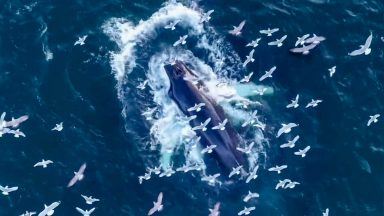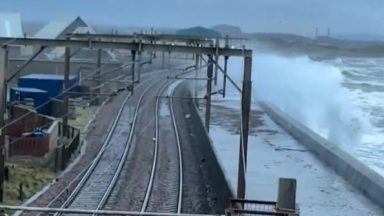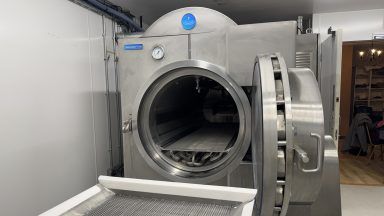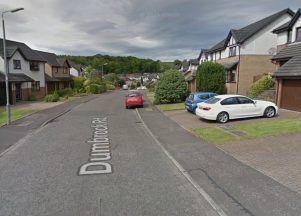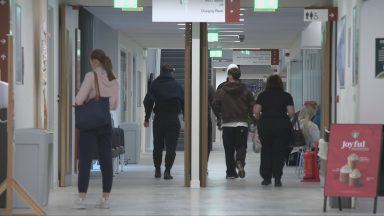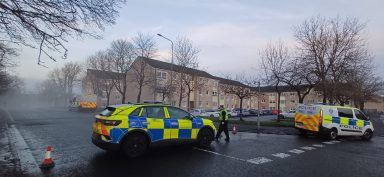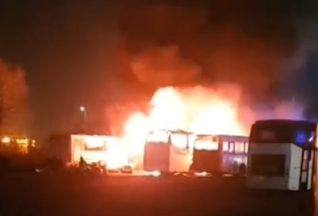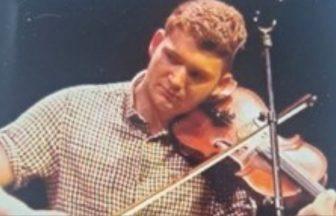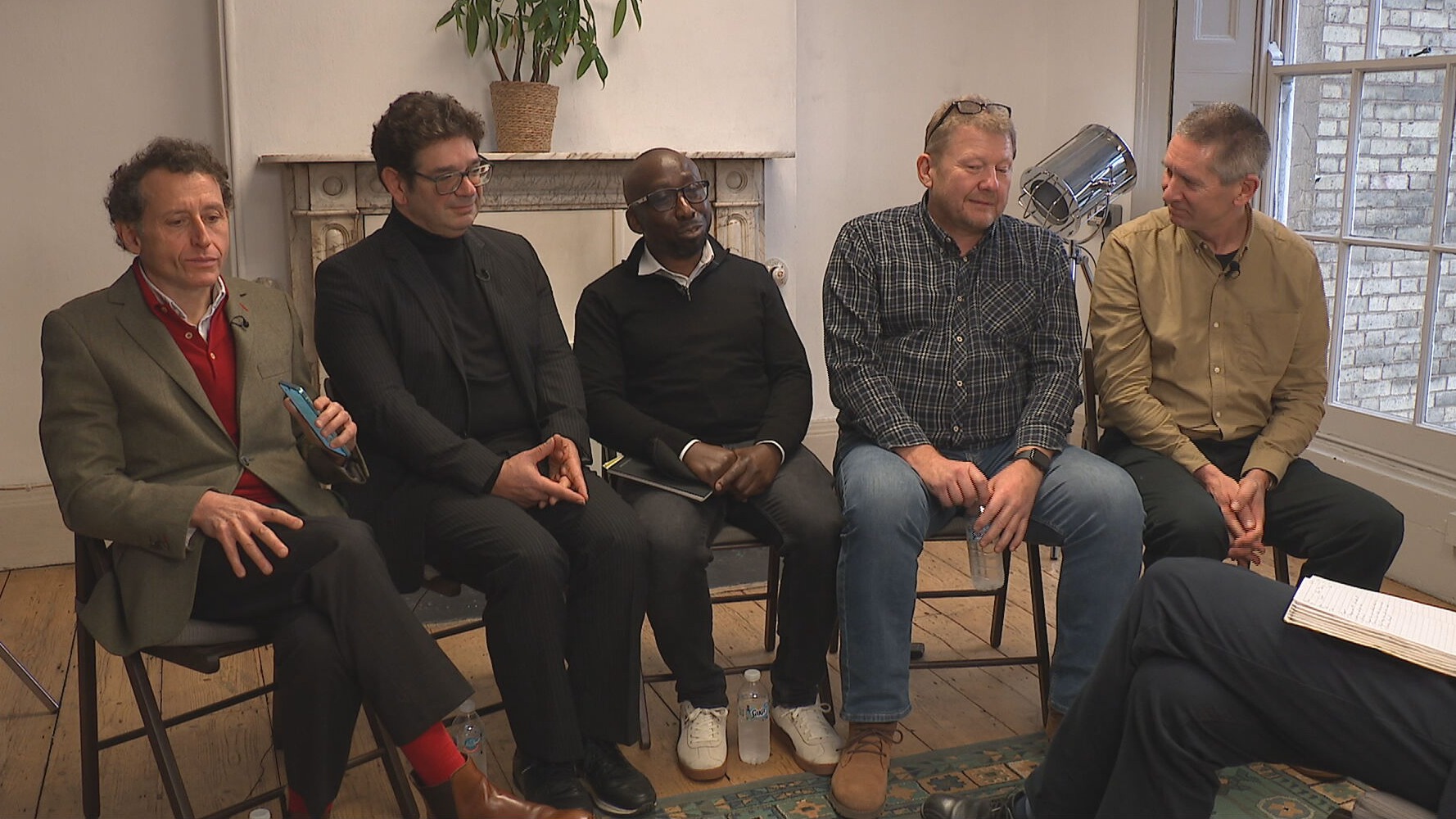An expert on whale strandings in Orkney has said it will be “almost impossible” to figure out the cause of the latest incident, involving over 23 whales on the island of Sanday.
A pod of pilot whales were found on Roo Beach in Sanday on Sunday after a mass stranding.
Volunteers at the Scottish Marine Animals Stranding Scheme believe the animals had lain undiscovered for up to three days due to the level of decomposition.
Another animal was found washed up in Sanday since the pod was discovered, as well as others appearing elsewhere, with experts fearing the initial stranding may have been bigger than first thought.
‘Pod did not beach due to injury, birthing problems or disease’
Those found in Sanday include a pregnant female and three calves, two of which were under six months old.
This came just one year after another mass stranding of 77 pilot whales on the same island last summer.
Emma Neave-Webb, strandings coordinator at the International Whaling Commission and a Sanday resident, describes the island as a “bit of a whale trap”.
She has been busy gathering samples from the whales beached at Roo Beach.
These will be sent for testing at the Glasgow-based Scottish Marine Animal Stranding Scheme (SMASS).
However, she said the testing process is slow.
Also, given that the whales lay dead on the beach for around five days before being discovered, it will be “almost impossible” to figure out the cause of the stranding.
Investigators are working with a process of elimination, finding out what did not cause the stranding and have been able to rule out injury, disease or trouble birthing as potential causes.
In the meantime, the public has been asked to stay away from the area while a decision about disposing of the carcasses is being made.
Orkney Islands Council has said “letting nature take its course” is being considered.
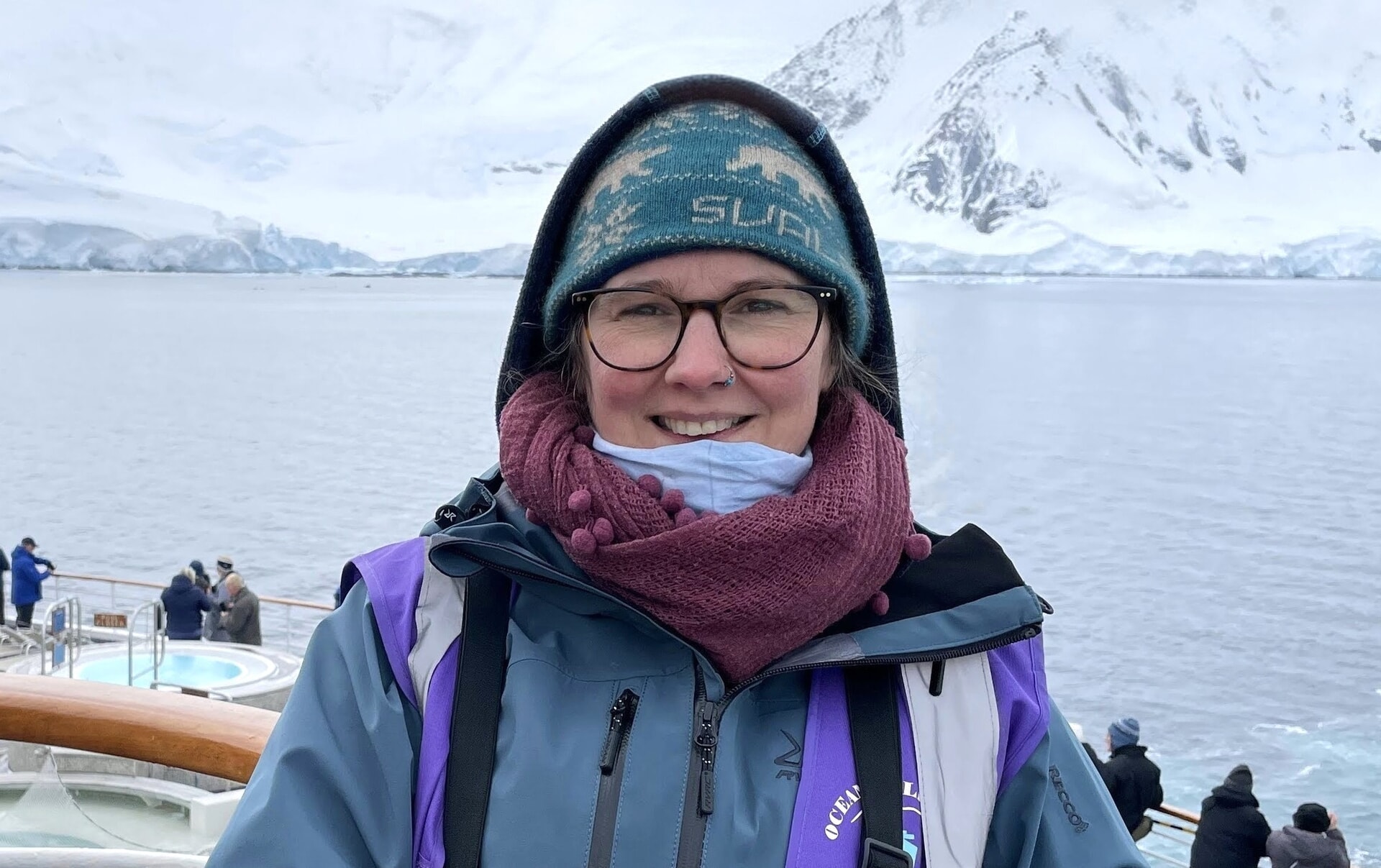 LDRS
LDRSMeanwhile, more mammals are being found, and they have come from the same pod.
These include a live calf in Westray last week, another animal off Fair Isle, two near North Ronaldsay, and another live animal in Orkney.
Emma said there is a particular reef near the location of the most recent beaching.
It may be that some whales grounded there and died while others were able to get away and are now popping up in different places.
At this point, not much can be said for sure.
However, more can be said about last summer as some test results have been delivered.
She said: “For the stranding from last summer, we’re still waiting for the test results for the test that looked at the ear bones.
“That can tell us if there was noise involved.
“Whales have very tiny hairs on their inner ear bones that can get permanently damaged if they’re exposed to a certain level of noise.
“But it takes over a year for that test to happen.
“If it turns out they weren’t exposed to noise, we’ll look and think about alternatives.
“We’ve already ruled out disease and injury for the stranding last year. All of the animals were in good health.
“None of them were showing signs of birthing difficulties.
“That’s what happens with a lot of these big mass strandings – we never know what the cause is, but we can rule things out.”
She explained that the circumstances of the recent stranding, where the whales were found by locals last weekend, will be particularly difficult to discern.
As they had already been dead for days, investigators won’t be able to conduct a “full necropsy” as they had already begun to decompose.
‘We’re never going to know exactly what caused it’
Emma explained: “We can say there was no sign of obvious injury. We can say there were none having birthing difficulties, and we can say they looked like they were in really good health.
“So, it looks like something went wrong but we’re never going to know exactly what caused it.
“One theory we’re running with is that it could be climate change having an impact.
“It could be that their food source is moving or they’re moving because conditions aren’t suitable where they’d normally be.
“So, they’re moving into new areas, and that is bringing them into conflict with something that could be human-induced, or it could be that they’re moving into environments they’re not used to.
“It’s something we see with other species.”
With two mass strandings in two years on Sanday, the island has been seeing more than the rest of Orkney put together.
The reason for that may be down to the island’s particular geography.
‘Sanday’s beaches are beautiful – but for whales they are not’
The expert explained: “Everywhere there are pilot whales, there are mass strandings.
There are particular hotspots around the world, like Farewell Spit, in New Zealand.
“A lot of the time it’s to do with the geography of the area.
“They normally occur on very shallow sandy bays, complicated areas, areas with strong currents, and high-energy environments where the animals struggle with their echolocation.
“They can’t build a picture of what’s going on because the sand in the environment isn’t pinging back on their echolocation.
“All of these things describe Sanday absolutely perfectly.
“Our beaches are beautiful, but for the pilot whales, they are not. We’re just a bit of a whale trap.
“Overall, pilot whale strandings are not unusual around the world.
“It is increasing in Scotland, and it’s unusual for it to happen on the same island two years running.”
Follow STV News on WhatsApp
Scan the QR code on your mobile device for all the latest news from around the country


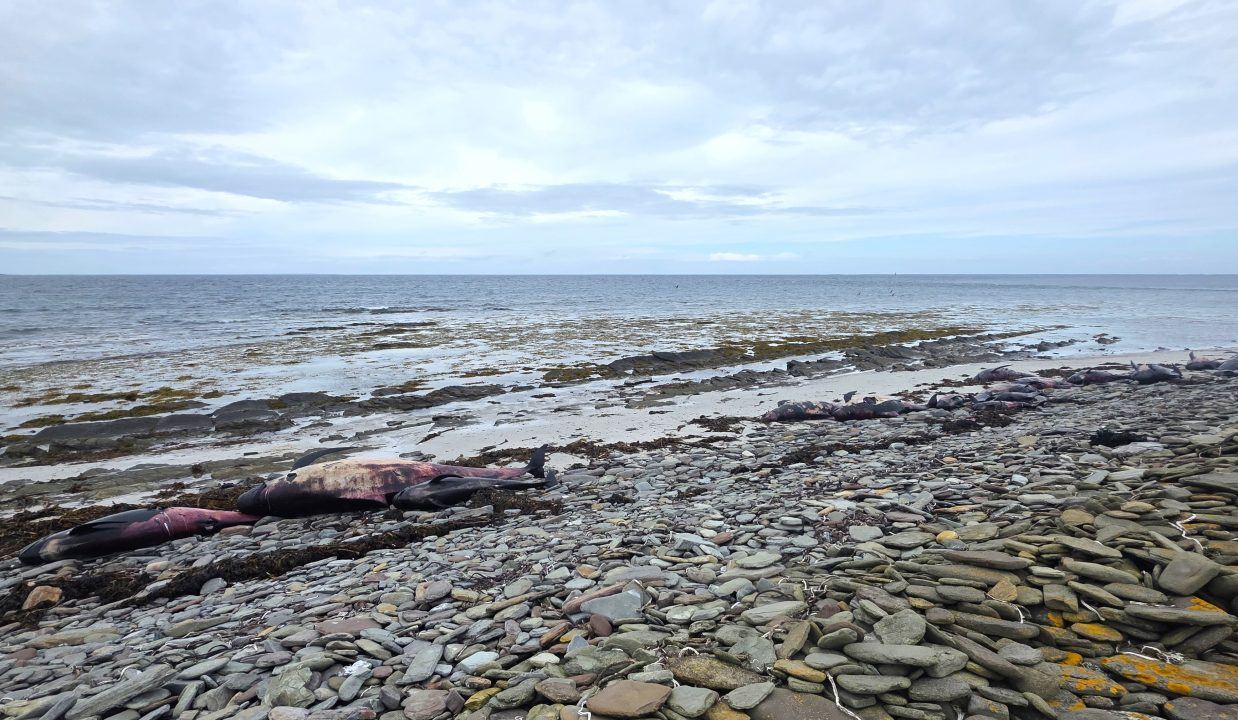 LDRS
LDRS





